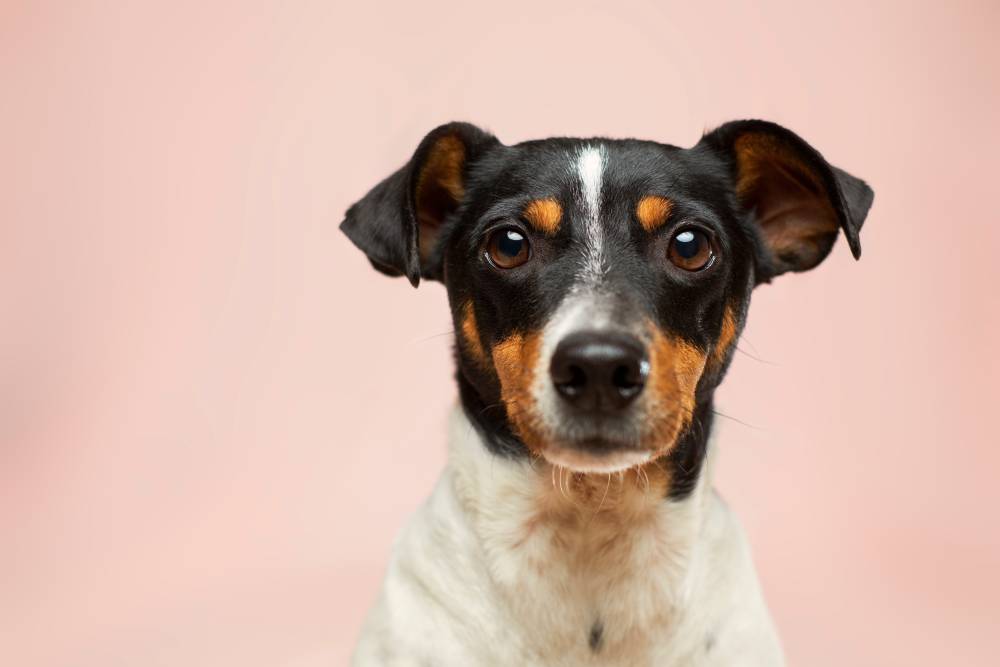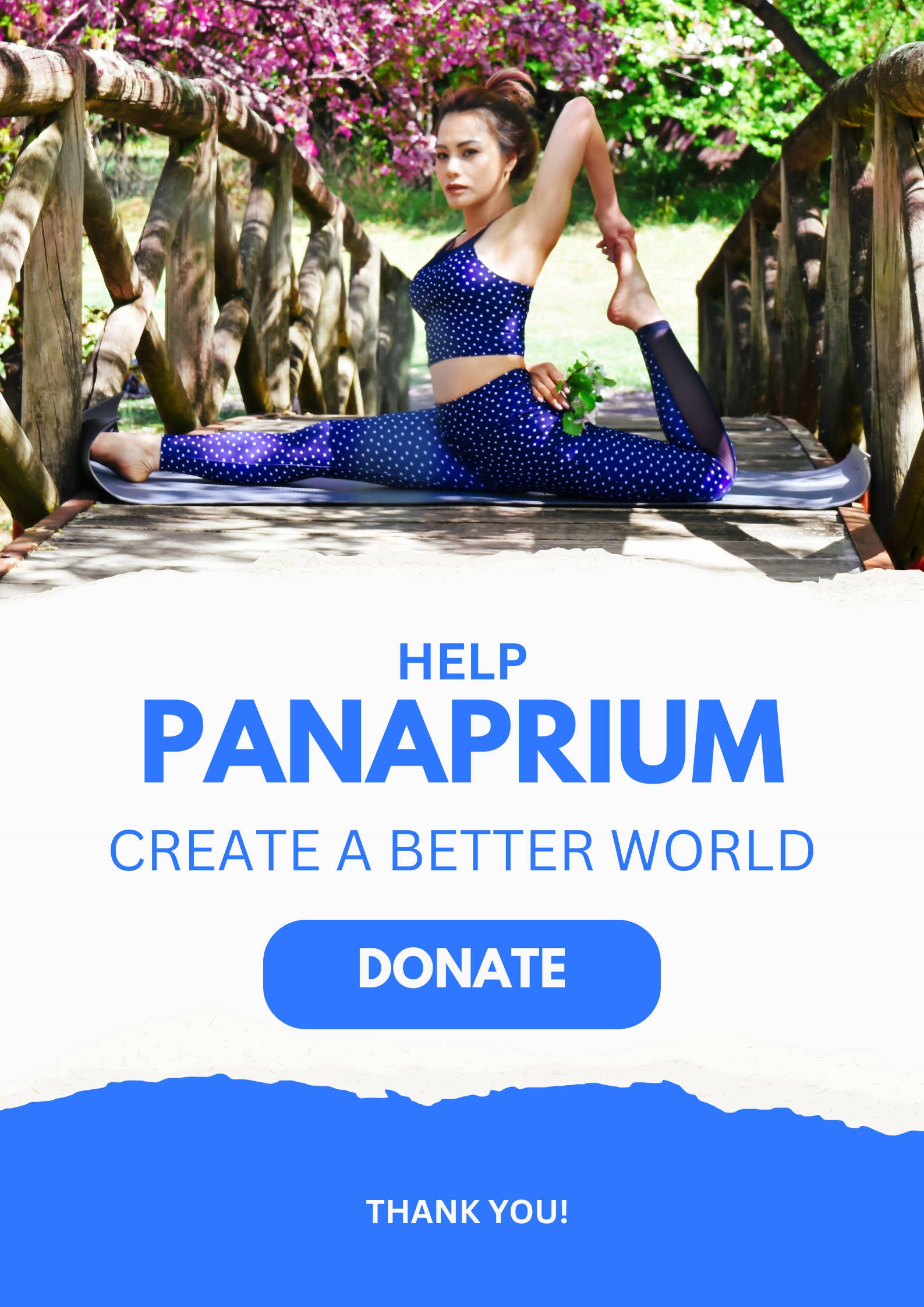
The fashion industry kills billions of animals every year. It's responsible for a huge amount of waste, pollution, and carbon emissions that endanger ecosystems, human health, and animal lives.
There is a lot of animal cruelty happening in the textile and apparel industry. The brutal, trapping, farming, and slaughtering of many different animals take place every day to produce garments, including farm animals and endangered species.
Men and women have been wearing clothes made from animal skins since the last ice age as protection from the harsh climate. Today, the use of animal products for fashion is cruel and unnecessary.
Why do fashion brands and designers keep harming animals for their new collections? And do consumers keep buying them?
With so many available alternatives, there is no excuse to shop for animal products or byproducts in our modern society. No animal should have to suffer to make stylish and affordable fashion.
Unfortunately, the rise of fast fashion over the last 20 years made clothing disposable. And animals are considered commodities. They are used to produce clothing made from wool, leather, fur, down, or silk.
Fast fashion is a major contributor to the recent growth of the clothing industry globally. To meet consumers' demand, apparel production has doubled over the last 15 years.
But the way we produce and consume clothes isn't sustainable or environmentally friendly. It's also very cruel and unethical.
Here are some of the most common animals killed for fashion each year.
Panaprium is independent and reader supported. If you buy something through our link, we may earn a commission. If you can, please support us on a monthly basis. It takes less than a minute to set up, and you will be making a big impact every single month. Thank you!
Cows, calves, buffalos
More than 327 million cows, calves, buffaloes are killed for their hide and skin to make leather annually.
Leather isn't just a byproduct of the meat industry. It's a fast-growing and highly profitable industry on its own.
China is the biggest producer of skins and hides, with more than 892 million animals killed for leather in 2018, followed by the United States (159 million), and Brazil (85 million).
Leather tanning makes billions of animals suffer all around the world every year. It's also very harmful to the environment and workers' health.

Goats
Goats are usually brutally slaughtered for leather. Their skin is well-known for its strength, comfort, lightweight, and softness. It's is remarkably flexible and can be dyed in many different colors.
About 482 million goats are killed for leather every year globally. Most of them are exploited in China (154 million in 2018) and India (50 million in 2018).
Read up my article on how many animals are killed for leather each year for more facts about the leather industry.
In the United States, most of the leather we wear comes from Asia. Animals are frequently killed very young to maintain the sleekness and flexibility of their hide.

Pigs
Leather is a very lucrative business. The skins and hides are highly valuable parts. The most expensive leather is made from youthful animals, some even unborn, taken from their mother’s wombs.
We have been accustomed to consider animals as commodities and think that it's OK. But the mass farming and killing of animals is cruel.
1.48 billion pigs were slaughtered in 2018 to make leather products. They are caged, farmed, and even skinned alive after living in inhumane conditions.

Sheep
Wool production has a destructive impact on the environment. It produces greenhouse gases and wastes that pollute the air, soil, and water.
You can learn more about the harmful effects of wool production on the environment by checking out my other article.
95% of all wool comes from mass production globally. It's unethical and unsustainable. Sheep farming requires an enormous amount of resources, feed, land, and water.
1.155 million kilograms of wool are produced every year by more than 1.177 billion sheep globally. Wool production is not only destructive to the planet but also very cruel.
Sheep are oppressed, abused, subjected to painful treatments, and exposed to dangerous substances with long-term harmful consequences on ecosystems and human health.

Silkworms
Silk is viewed as a luxury and one of the most delicate fibers in the fashion world. But silk production involves the exploitation and killing of sensitive animals, silkworms.
Many different insects, such as ants, wasps, bees, beetles, leafhoppers, flies, and spiders, make cocoons and are used to produce silk. They are reared in captivity and called silkworms.
Hundreds of thousand silkworms have to die to make silk fabric each year. To create only one kilogram of silk, more than 5,000 silkworms are required.
![silkworm cocoon]()
Geese and ducks
Goose down and down feathers are regularly used to make warm jackets and coats in the fashion industry. The feathers and undercoating of geese and ducks are pulled off after they have been slaughtered and harvested.
China is the largest exporter of down and feathers, with more than 80% of all global production. About 2.7 billion ducks and 653 million geese were raised for consumption each year globally between 2009 and 2013.

Minks
Fur clothing is a luxury and obtained from furry animal hide. We should stop buying and wearing fur clothes because it's cruel and unnecessary.
Across the United States, about 245 mink farms in 22 states produce around 3.1 million pelts annually. The millions of pounds of feces produced every year place mink farms as the most common form of water pollution.

Rabbits
Rabbit hair is the fur of rabbits. It's commonly used to manufacture hats, jackets, capes, and coats in the apparel industry.
More than 70 million pelts a year are produced in France alone. Rabbits are slaughtered at the age of 10-12 weeks when they still have an infant coat, that is regular, uninjured, homogeneous, compact, and faultless.

Foxes
Foxes are numerous and one of the largest animals harvested by the fur trade. They are used to make scarfs, jackets, and coats, primarily for trimming.
About 13 million foxes were bred and killed on fur farms in China in 2014, and 2.7 million in Europe. Fur farming is cruel as animals are confined in small cages for their entire lives, then gassed, electrocuted, beaten, or have their necks broken.
Foxes are also trapped, caged, and killed in the wild, mostly in the United States, Canada, and Russia.

Cats and dogs
Even cats are killed for leather and fur used on clothing, mainly in East Asia. About two million cats and dogs are brutally slaughtered every year.
Big wild cats such as the Iberian Lynx, the world's most endangered feline species, are also victims of poaching, the illegal hunting and capturing of wild animals.

As consumers, we have the power to drive change in the fashion industry. We can help solve these issues by choosing cruelty-free options when shopping for clothing and accessories.
Follow my guide on how to tell if a fashion brand is cruelty-free to understand what you should be looking for.
Many celebrities and social media personalities already defend animal rights. Their use in fashion is cruel and unnecessary.
We have to encourage designers and brands to be more conscious of their material choices for their new collections.
I quit purchasing animal products entirely in 2015. You can do it too!
Was this article helpful to you? Please tell us what you liked or didn't like in the comments below.
About the Author: Alex Assoune
What We're Up Against
Multinational corporations overproducing cheap products in the poorest countries.
Huge factories with sweatshop-like conditions underpaying workers.
Media conglomerates promoting unethical, unsustainable products.
Bad actors encouraging overconsumption through oblivious behavior.
- - - -
Thankfully, we've got our supporters, including you.
Panaprium is funded by readers like you who want to join us in our mission to make the world entirely sustainable.
If you can, please support us on a monthly basis. It takes less than a minute to set up, and you will be making a big impact every single month. Thank you.
































0 comments